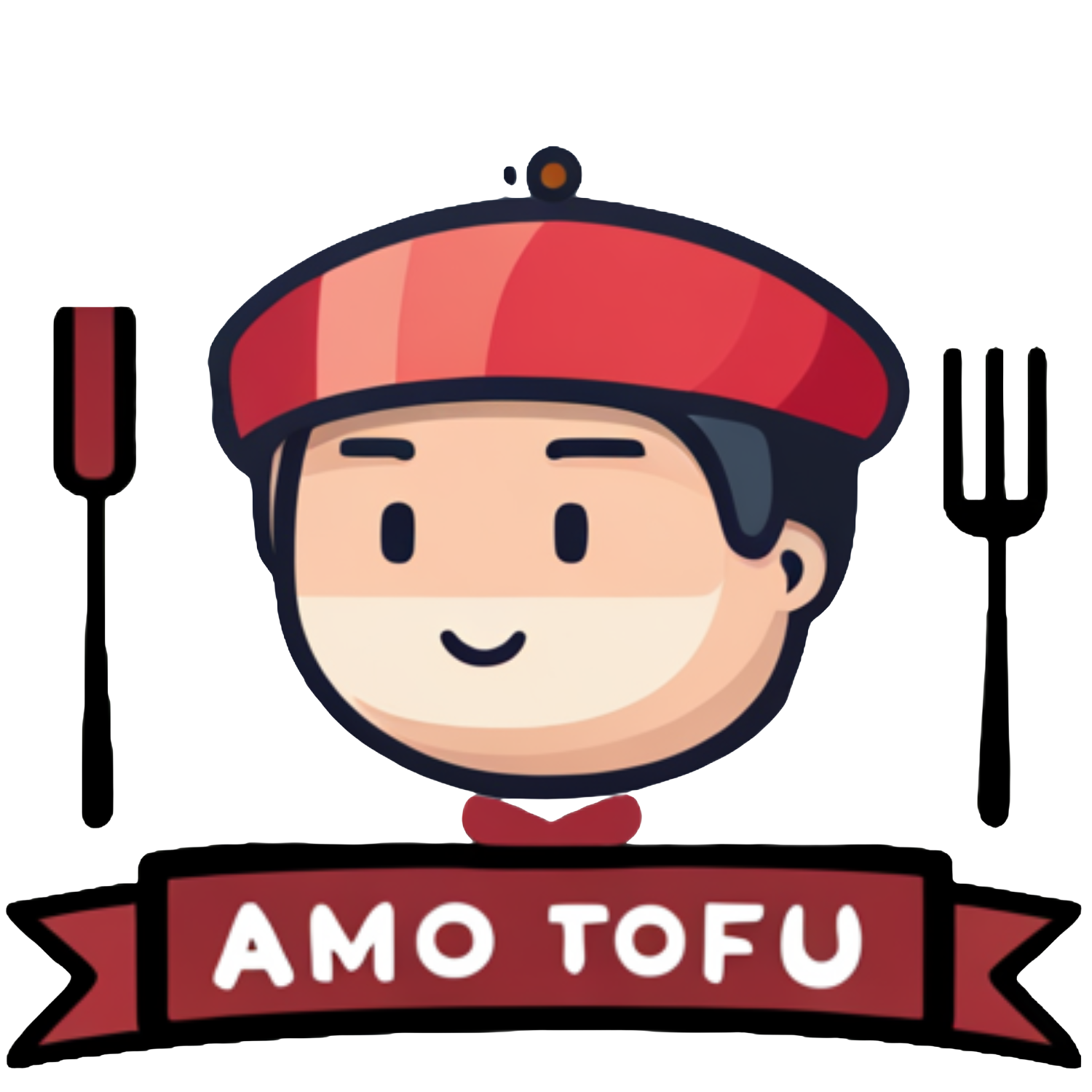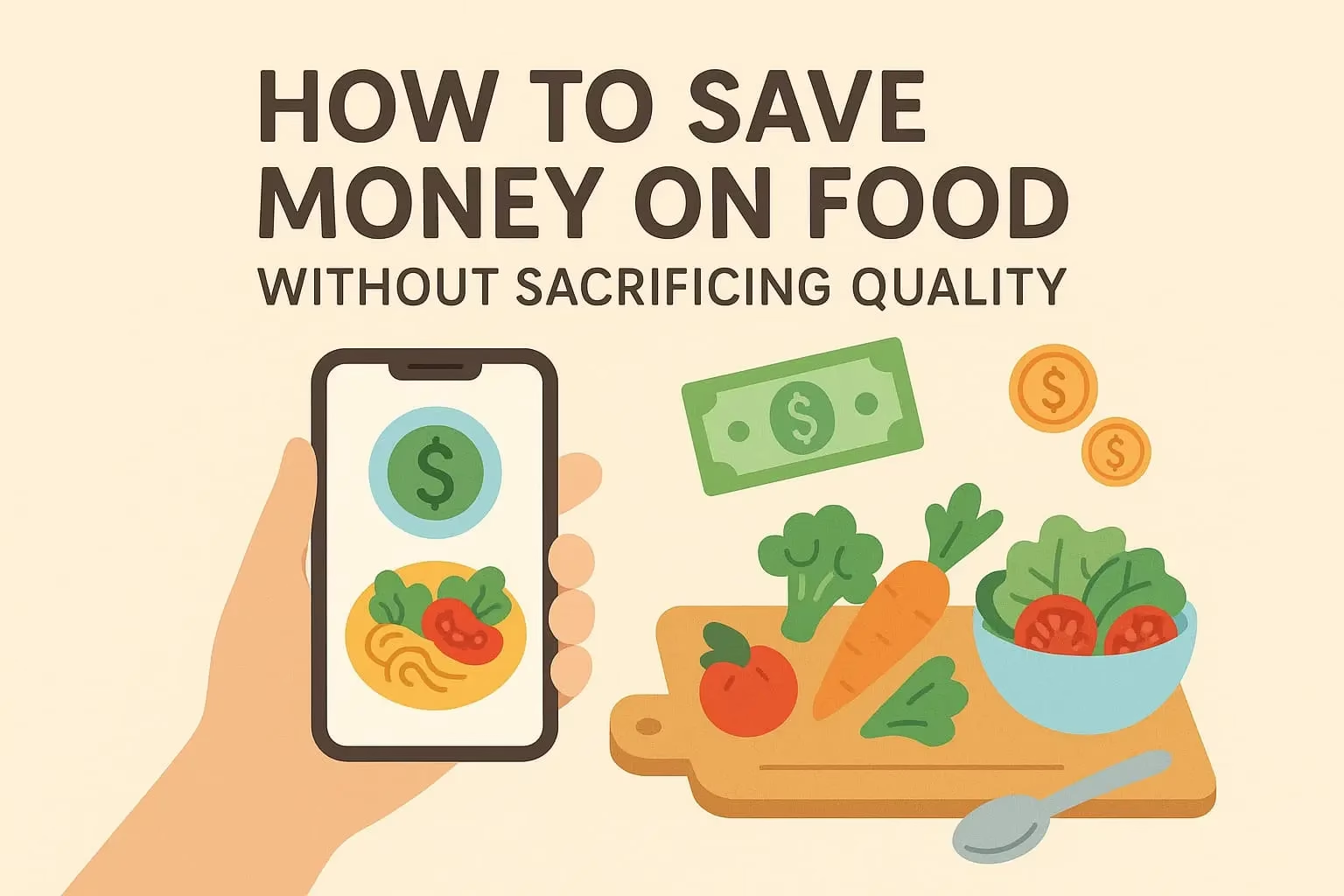Thinking about switching to a plant-based diet but not sure where to start? You’re not alone. Many people feel excited about the benefits — but overwhelmed by the changes.
The truth is, you don’t need to go all-in overnight. A slow, mindful transition makes it easier, more sustainable, and even enjoyable.
In this guide, you’ll learn how to transition to a plant-based lifestyle step by step, without stress or pressure — and with delicious food every day.
What Is a Plant-Based Diet?
A plant-based diet focuses on whole plant foods such as:
- Fruits and vegetables
- Whole grains
- Legumes (beans, lentils, peas)
- Nuts and seeds
- Plant oils and herbs
It limits or excludes animal products like meat, dairy, and eggs — depending on your personal goals.
This way of eating is rich in fiber, antioxidants, vitamins, and minerals — and is known to support heart health, weight balance, digestion, and energy.
Step 1: Start by Adding, Not Removing
Instead of cutting things out right away, focus on what you can add to your current meals.
Try this:
- Add a side of vegetables to your lunch
- Try a meatless dinner once a week
- Add beans to soups, salads, or pasta
- Snack on fruit and nuts instead of processed foods
The more plant foods you enjoy, the less you’ll crave others over time.
Step 2: Replace One Meal at a Time
Choose one meal per day to make fully plant-based — and keep it simple.
For example:
- Breakfast: Oatmeal with fruit and nut butter
- Lunch: Lentil soup or hummus wrap
- Dinner: Rice and beans with roasted veggies
Once that feels easy, move on to the next meal. You don’t have to change everything at once.
Step 3: Find Vegan Versions of Your Favorite Foods
Love burgers, pasta, or tacos? Great — don’t give them up. Just swap the ingredients.
Try:
- Black bean or lentil burgers
- Pasta with veggie sauce or lentil Bolognese
- Tofu or mushroom tacos
- Vegan pizza with cashew cheese and lots of veggies
- Stir-fry with tofu instead of chicken
Familiar meals help you enjoy the transition without feeling deprived.
Step 4: Stock Your Kitchen with Essentials
Having healthy ingredients on hand makes it easier to cook at home and avoid takeout.
Pantry:
- Beans and lentils (canned or dried)
- Whole grains: rice, oats, pasta, quinoa
- Canned tomatoes
- Spices and herbs
- Nut butters
- Tahini or hummus
Fridge/Freezer:
- Tofu or tempeh
- Frozen vegetables and fruit
- Leafy greens
- Plant milk (soy, oat, almond)
Meal prep 1–2 things a week to stay ahead (like rice, roasted veggies, or a stew).
Step 5: Learn Basic Vegan Cooking Skills
You don’t need to be a chef — just learn a few basics:
- How to cook beans and grains
- How to sauté veggies
- How to bake tofu or roast chickpeas
- How to make simple sauces (like tahini, hummus, or pesto)
Easy go-to meals:
- Stir-fries
- Soups
- Salads with grains and legumes
- Grain bowls
- Pasta with veggies and beans
Build a small rotation of meals you love and feel confident making.
Step 6: Expect Some Trial and Error
There’s no perfect way to transition — and you don’t have to do it “right” on the first try.
Tips for success:
- Be patient with yourself
- Try new recipes each week
- Find a few plant-based food bloggers or YouTubers you enjoy
- If you eat animal products sometimes, don’t quit — just keep going
Progress, not perfection, is the goal.
Step 7: Eat Enough (Don’t Undereat!)
Plant-based foods are naturally lower in calories than processed or animal-based foods. That means you may need larger portions to feel satisfied.
Listen to your body:
- Eat until comfortably full
- Include protein + fiber + healthy fats in your meals
- Don’t fear carbs — whole grains and legumes are your friends!
Eating enough helps reduce cravings and supports energy and mood.
Step 8: Celebrate Progress
Every plant-based meal you eat is a win — for your health, the planet, and animals. Don’t wait to “arrive” at a perfect diet to feel proud of your choices.
Track your progress by:
- Noting how you feel (energy, digestion, mood)
- Exploring new flavors and ingredients
- Sharing your meals with others
Final Thoughts: Go at Your Own Pace
There’s no one-size-fits-all timeline. Whether you go vegan overnight or take months to transition, what matters is making consistent, sustainable choices that feel good for you.
Start where you are.






